Fly In Focus - March Brown
Fly In Focus - March Brown. Paul Procter talks all things March Browns, methods to fish them and fly choices to fool them fish!
The fabled March Brown is considered by many as one of our most icon upwing flies. And whilst they don’t occur everywhere, they are one of the first upwings we experience during the opening weeks of a trout season. Naturally, as their common name implies they appear during the month of March. That said, some of the best hatches are often experienced throughout April.
Spotting a March Brown
Their lofty flecked forewing and small black spot in the their femur makes March Browns instantly recognizable. In fact they can hardly be mistaken for any other fly during the opening weeks. Though Large Brook Duns which begin to emerge in late April bear an uncanny resemblance to March Browns. So, it you’re in doubt the black spot in the their leg puts the rubber stamp on identification.
March Brown hatches are best described as ‘pulse hatches’, which means you’ll often experience a huge flush of them that might only last all of five minutes. There are of course times, when hatches are more sustained and often last up to an hour or so, but on the whole, be prepared to see adult duns appear in their masses over a short period of time.
Paul's Recommended Set Up
This means we need to be in position and ready for a hatch. I personally set up two rods. One is armed with spider patterns, so I can search the water during quieter periods.
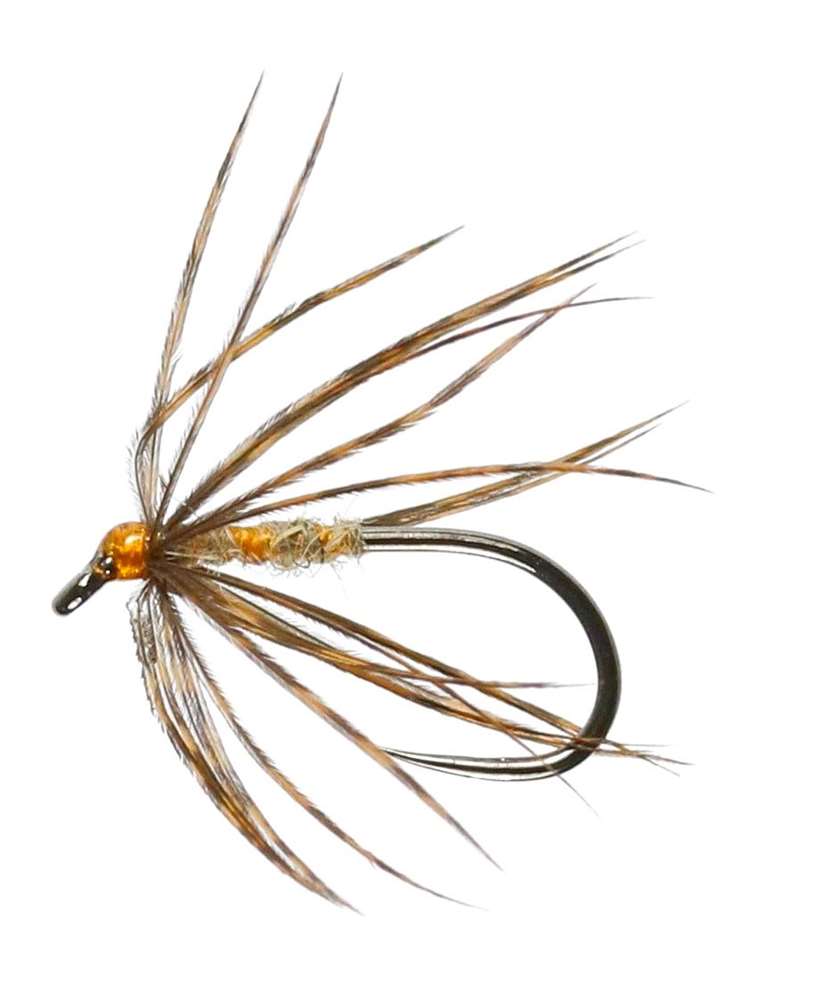
The other outfit will be set-up for dry fly. Naturally, as soon as I see the first adult dun drifting down, my spider rod is wound up, to be replaced with the dry fly outfit.
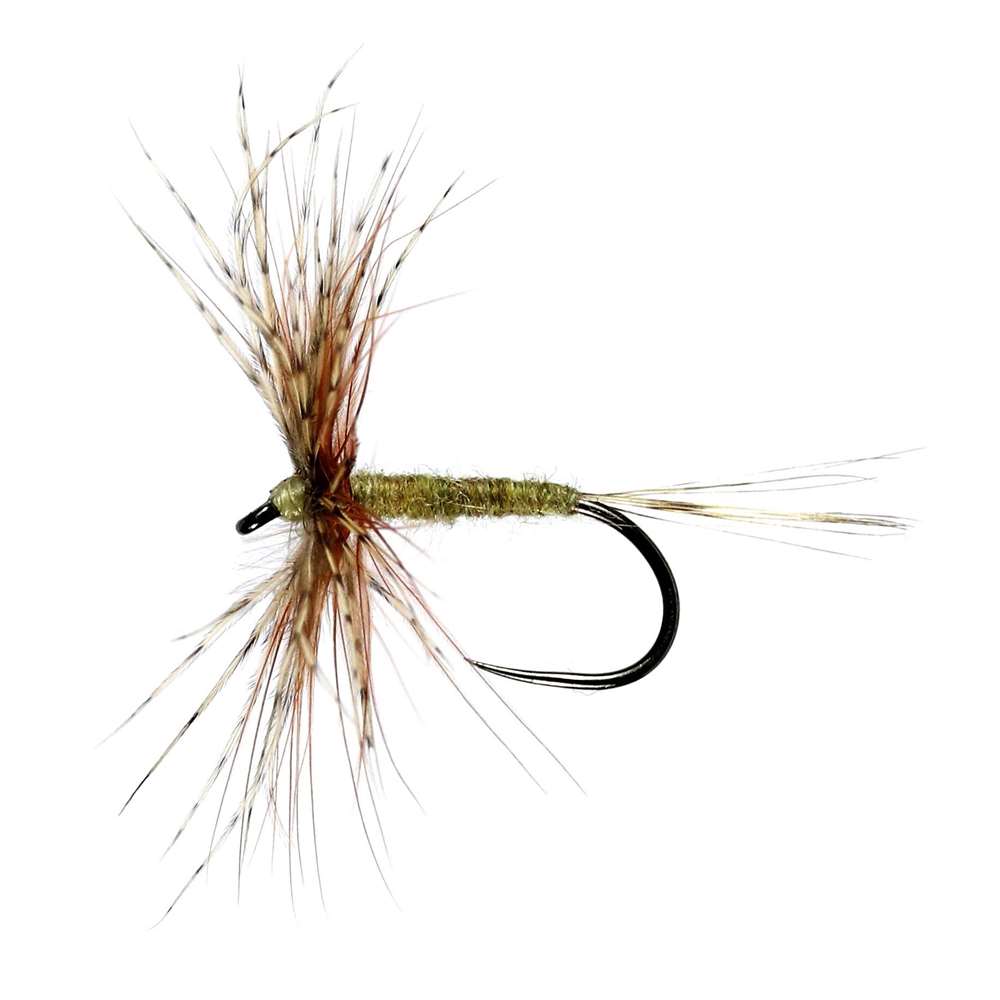
See our April hatch chart selections here!
Casting To a Rising March Brown Muncher
Trout feeding on March Browns often do so with great enthusiasm when their rise forms are nothing short of spectacular. It’s then simply a matter of getting your fly in front of a rising fish. Fish often position themselves high in the water column when nabbing march browns duns, which narrows their window of vision. This means our fly can be placed that little closer to them, which vastly reduces the odds of drag now. As a guide, I’d suggest initially leading a fish by a couple of feet or so. If there is no response then try extending this distance to some 4ft or so.
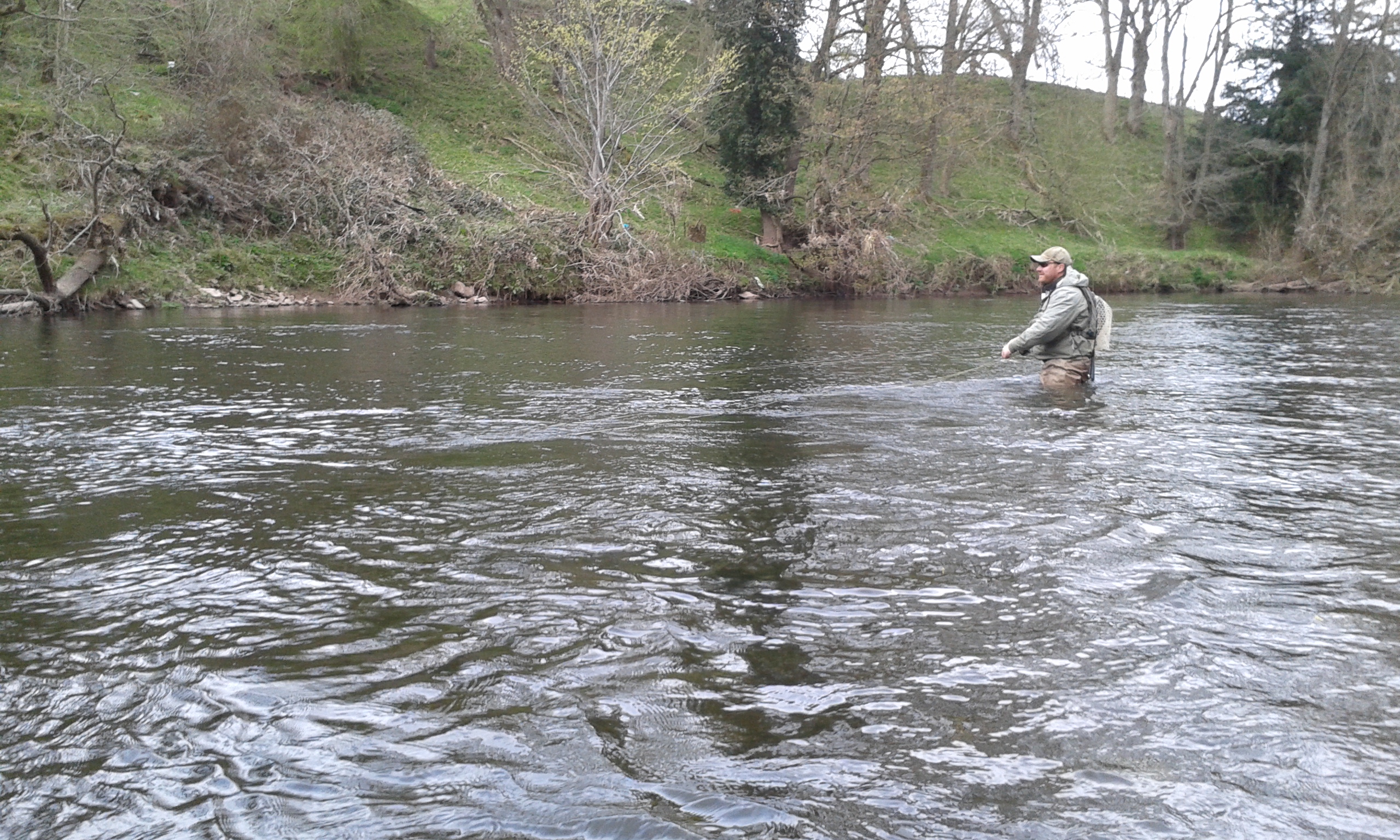
Don't Leave Home Without Spiders!
Whilst dry fly fishing is often deemed the pinnacle of our sport, spiders can be lethal if trout focus on emerging march browns. Rather than using the time honoured three flies though, think of fishing a team of two. This way they will be presented that bit higher in the water, just where trout expect to see emerging flies, or stillborn adults.
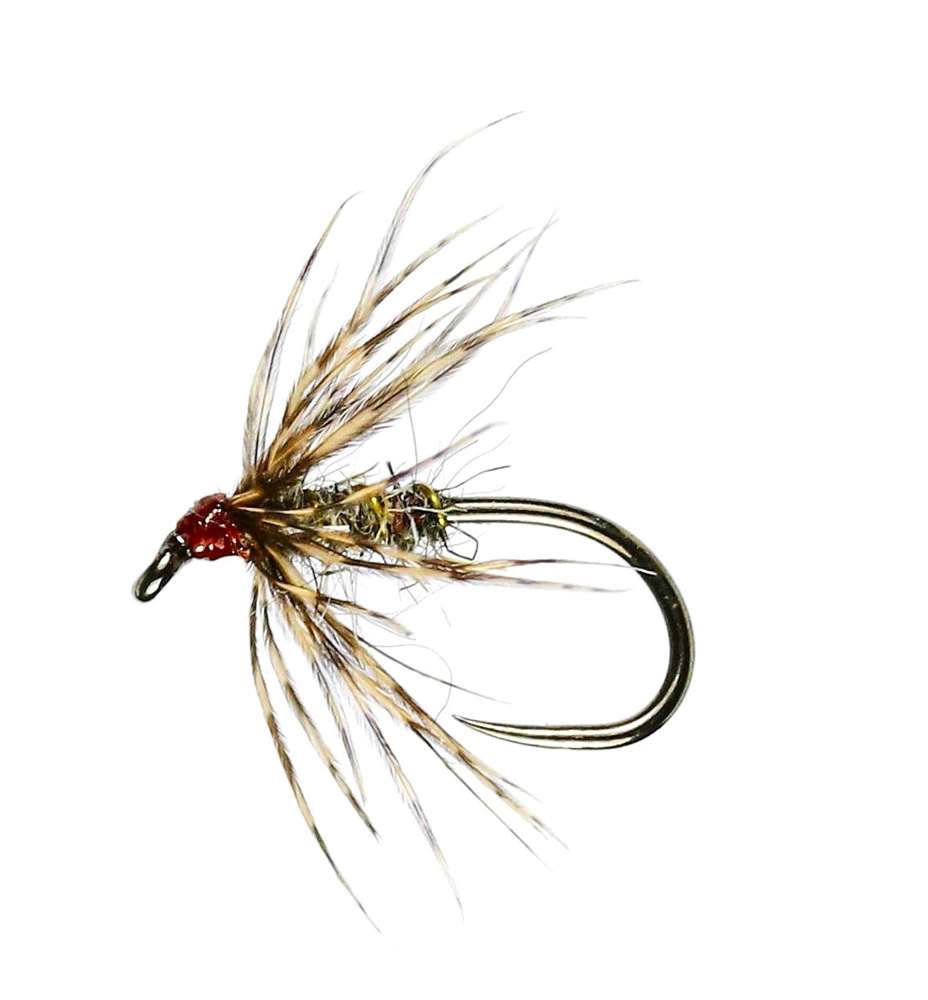
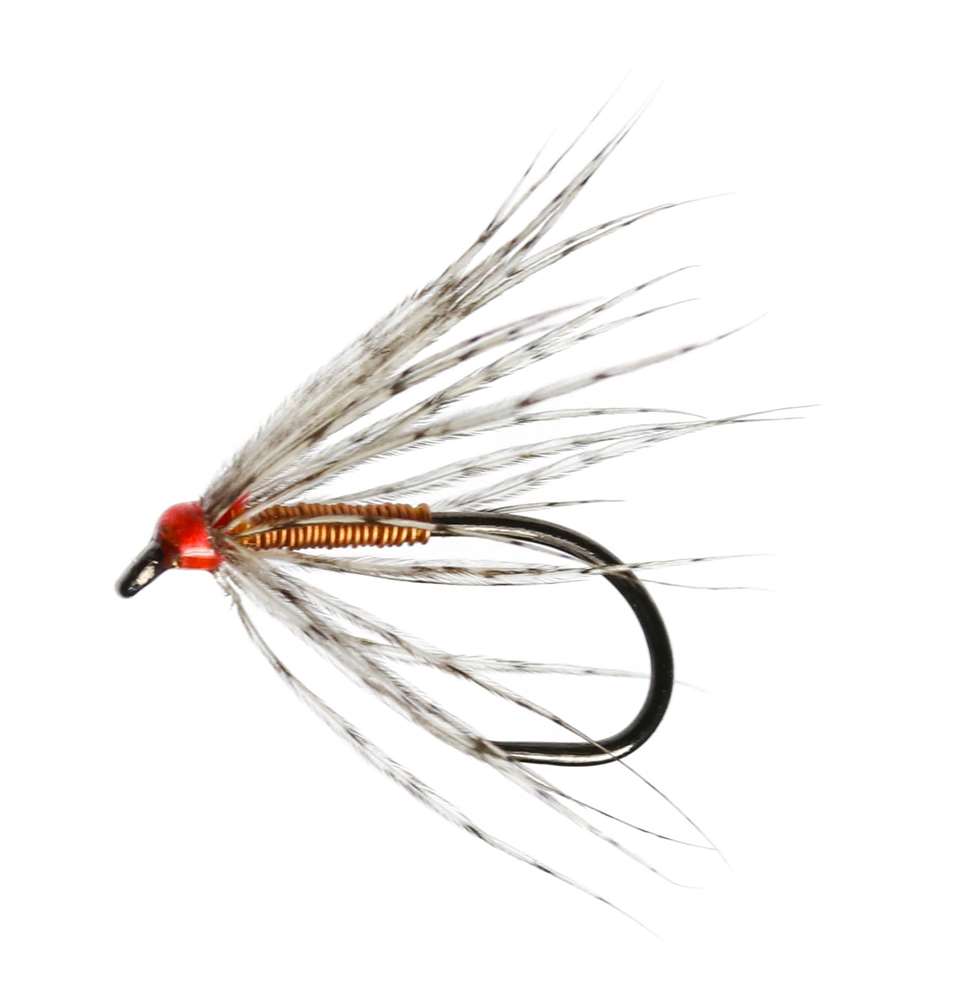
Spider fishing in its truest sense involves casting upstream to drift your flies back in a natural manner. However, this method can be a little tricky to master, as takes are difficult to decipher. Beginners then will certainly benefit from fishing spiders on a slightly tensioned line by casting the flies square across the flow.
This is followed by an upstream mend so the flies ‘dig-in’ a little. It’s then a simple matter of tracking the flies and fly line downstream with a raised rod tip. Takes now manifest as the fly line lifting and in many instances trout often hook themselves as the bowing line realized from an elevated rod tip allows enough slack for the fish to ‘turn down’ with your fly.
March Brown Hatches are Often a Waiting Game
As mentioned the flush of flies can be short and sweet. That said, it’s not unusual to experience two or three flushes of march browns through the day. So following the initial burst of flies, don’t be in a hurry to leave the river, thinking it’s all done and dusted. Instead, continue searching pools with the spiders with your fingers crossed that another show of march browns will be along any moment now!



















